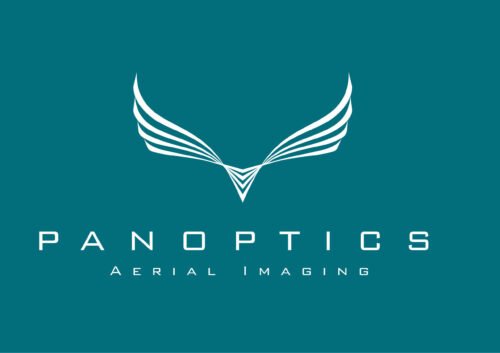Aerial imaging, also known as aerial photography or aerial surveying, is a technique that involves capturing images of the Earth’s surface from an elevated position. This method has been used for various purposes, including mapping, surveillance, environmental monitoring, and even artistic expression. With advancements in technology, aerial imaging has become more accessible and versatile, offering a wide range of applications.
The Advantages of Aerial Imaging
One of the main advantages of aerial imaging is the ability to capture a large area from a unique perspective. By using drones or aircraft equipped with cameras, it is possible to capture high-resolution images and videos that provide a detailed view of the landscape. This can be particularly useful for mapping purposes, as it allows for the creation of accurate and up-to-date maps.
Aerial imaging is also valuable for surveillance and security purposes. By using drones or other airborne platforms, it is possible to monitor large areas and gather real-time information. This can be beneficial for law enforcement agencies, as well as for tracking the movement of wildlife or assessing the condition of infrastructure.
Furthermore, aerial imaging can be used for environmental monitoring. By capturing images of the Earth’s surface from above, it is possible to detect changes in vegetation, identify areas of erosion, or monitor the health of ecosystems. This information can be crucial for conservation efforts and the management of natural resources.
Applications of Aerial Imaging
Aerial imaging has a wide range of applications across various industries. In the field of agriculture, for example, aerial imaging can be used to assess crop health, identify areas of pest infestation, and optimize irrigation practices. By using drones equipped with specialized sensors, farmers can gather valuable data that can help them make informed decisions and improve their yields.
In the construction industry, aerial imaging can be used for site planning and monitoring. By capturing images of construction sites from above, it is possible to track progress, identify potential issues, and ensure that projects are on schedule. This can help reduce costs, improve safety, and streamline the construction process.
Aerial imaging is also widely used in the tourism and real estate industries. By capturing stunning aerial views of landscapes, landmarks, and properties, it is possible to create compelling marketing materials that attract potential visitors or buyers. Aerial imaging can provide a unique perspective that showcases the beauty and features of a location.
The Future of Aerial Imaging
As technology continues to advance, the future of aerial imaging looks promising. The development of more advanced drones, cameras, and sensors will enable even more precise and detailed imaging. Additionally, the use of artificial intelligence and machine learning algorithms can help automate the analysis of aerial imagery, making it easier to extract valuable insights and detect patterns.
Furthermore, the integration of aerial imaging with other technologies, such as virtual reality and augmented reality, can open up new possibilities for immersive experiences and interactive mapping. This can have applications in fields such as urban planning, archaeology, and education.
In conclusion, aerial imaging is a powerful technique that offers numerous advantages and applications. From mapping and surveillance to environmental monitoring and marketing, the use of aerial imagery provides valuable insights and perspectives. As technology continues to evolve, aerial imaging will continue to play a crucial role in various industries, contributing to better decision-making and a deeper understanding of our world.
